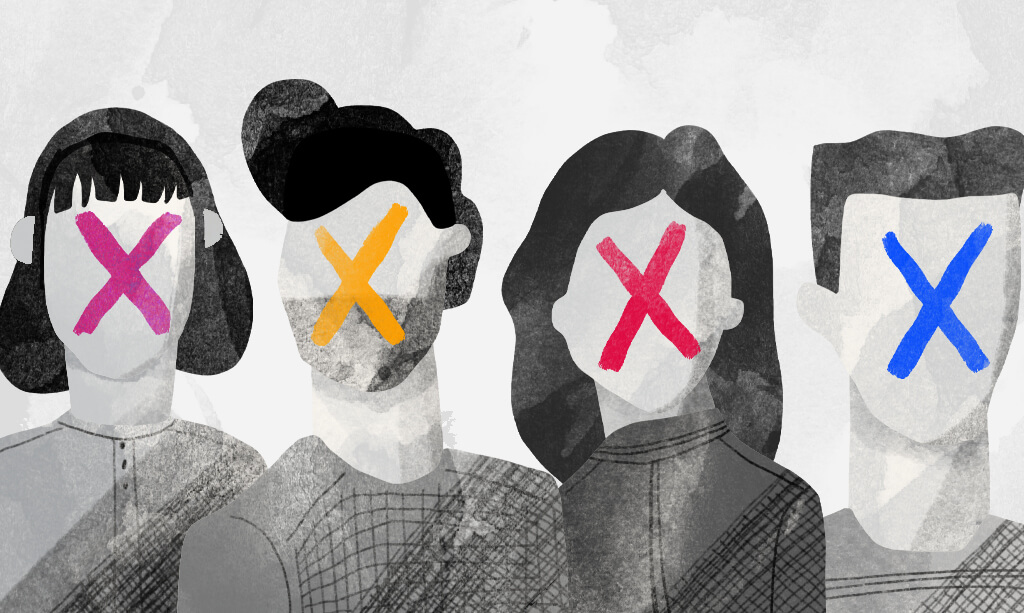Walpole Public Schools does not implement school-issued uniforms, but is it time they should? While uniforms are traditionally instituted in private schools, uniforms for public schools are on the rise in America.Is it time for Walpole to reconsider their dress code requirements?
According to Ohio State University News, the percentage of schools adopting uniforms has risen from 3% in 1995 to almost 20% in 2020. This sudden rise in popularity is causing debates between schools, communities and even students.
Despite criticism, uniforms offer many benefits to schools and their students. Many people try to establish their identity through clothing and want their style to reflect their creativity. Uniforms can force students to be even more creative with their style by using accessories to embellish their look; such as hair clips, makeup and jewelry.
Further, uniforms are an asset to school safety. As students wear identical uniforms, intruders are clearly visible. School officers and administration are able to identify these threats more distinctly and efficiently if they are not in the school-issued uniform. Similarly, requiring students to wear their student ID’s in a lanyard fashion helps administration verify who is a student and who is not.
Additionally, school uniforms can create equality between students. Some students may not be as financially privileged compared to other students and may feel shame for not having expensive or trending clothing like other students. School uniforms can level the playing field as all students will have the same outfit, thus eliminating the stigma of wearing cheap clothing.
However, school uniforms are not total solutions. Gender non-conforming students may not feel comfortable choosing between a traditional skirt or slacks for their uniform. They may feel more outcasted in these uniforms if it does not affirm their gender identity.
Furthermore, district wide uniforms can be costly and towns may not be open to spending their budgets on them. Additionally, for low-income schools, it makes more sense to spend their budget on education rather than uniforms. Schools may also not see the benefits of implementing school uniforms because they do not improve attendance, preparedness, or exam results; all factors schools care about.
According to Ohio State University News, a 2010 study about sophomores in public schools who wore uniforms, school uniforms did not affect a student’s progress for better or worse. Lead author of the study and assistant professor of human sciences at OSU, Arya Ansari said evidence does not show uniforms provide any substantial benefit for young students’ behavior.
“We really didn’t see any differences at any point in children’s elementary school careers,” said Ansari.
Parents and schools may be more concerned with their child’s performance than instituting a uniform policy, due to its drawbacks.
Sarah Fitzpatrick, a senior at Bishop Feehan High School, was initially apprehensive about her uniform due to her time in the Mansfield public school system. Bishop Feehan High School is a private catholic school where students are required to wear school issued uniforms and student ID’s.
“I had never worn one before because I went to public middle school, so when I came here I was very nervous,” Fitzpatrick said. “Honestly, I prefer them now because I never have to guess what I am wearing for the next day.”
“It’s nice wearing something that everyone else is wearing because it builds community and I feel like I am not comparing myself with everyone,” said Fitzpatrick. “I also find it more special when we have a [dress-down] day because it’s like a treat.”
The decision to have uniforms comes down to its benefits and drawbacks. While they promote a sense of equality and enhance school safety, they can also become financial burdens Ultimately, the choice should reflect Walpole’s values and needs to create a successful academic environment.
















gabe • Nov 19, 2024 at 12:14 pm
Hi. I like this. 🙂